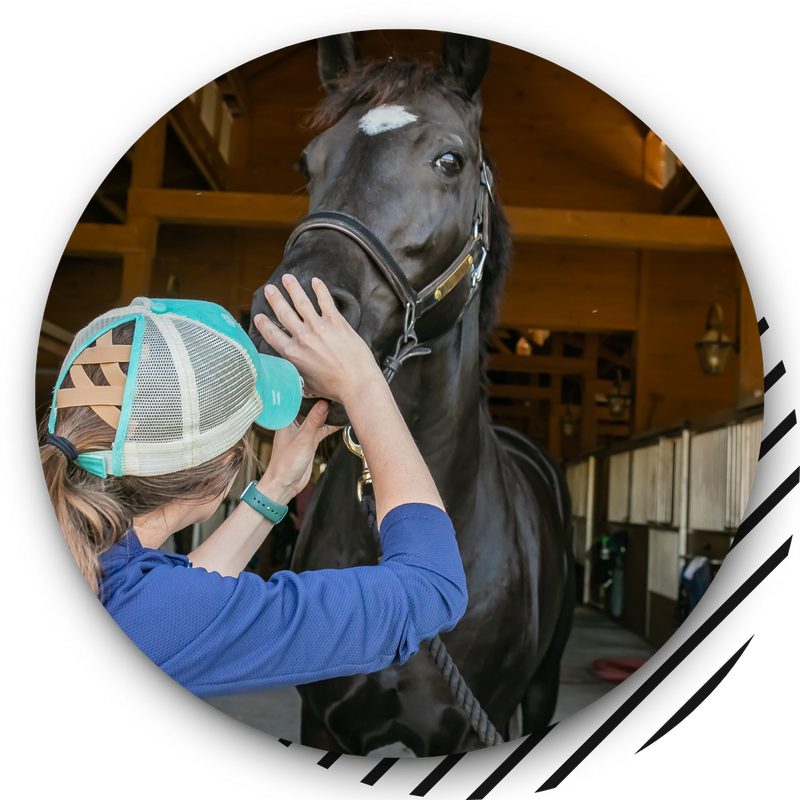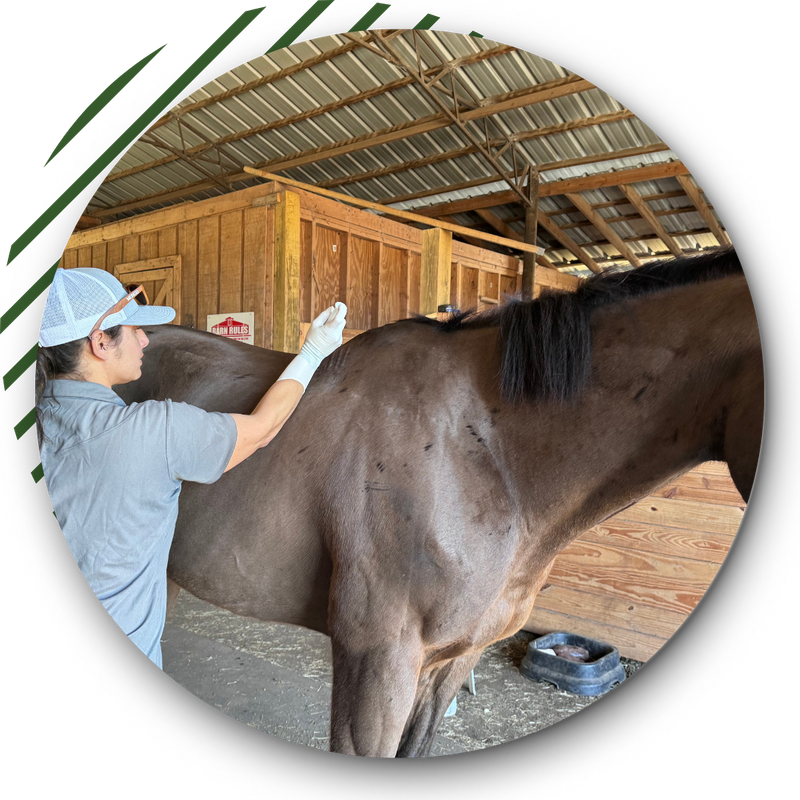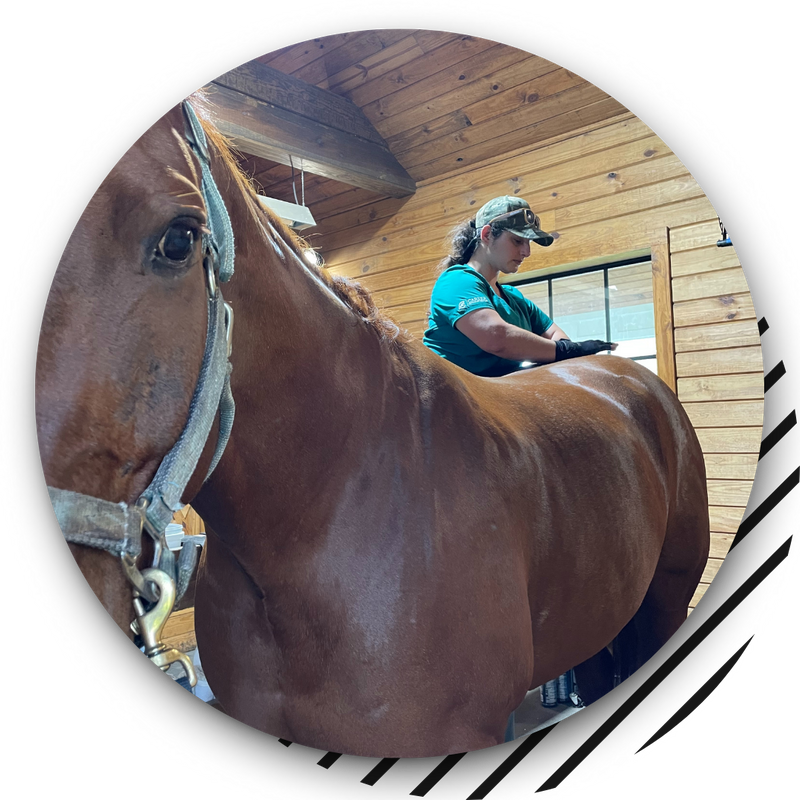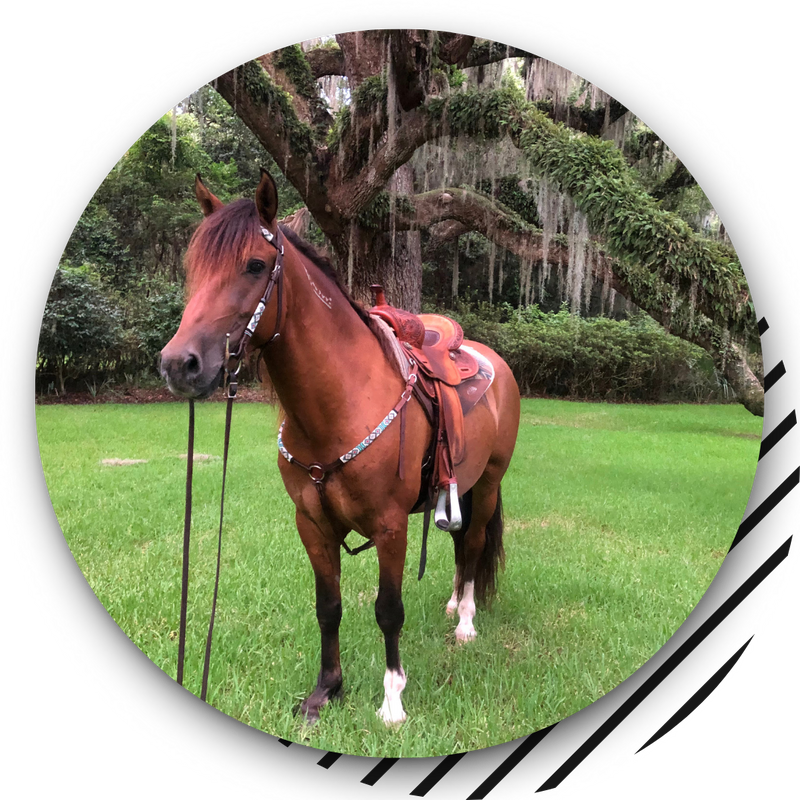At Carter Veterinary Services, we often see horse owners puzzled when their horse struggles in the heat. The horse sweats little or not at all, pants excessively, and tires quickly. These are early hints of a condition called anhidrosis—a problem where a horse’s ability to sweat breaks down. And since sweating is how horses cool themselves, this can quickly become serious.
What is Anhidrosis?
What is Anhidrosis?
Get Support for Equine Health During Fall
Anhidrosis might sound complicated, but it boils down to a horse losing its natural way to cool down. With attentive management and ongoing veterinary support, horses with this condition can still live healthy, active lives.
For help diagnosing and managing anhidrosis, contact Carter Veterinary Services. Our team provides dedicated equine care to keep your horse comfortable, safe, and ready for whatever the season brings.






